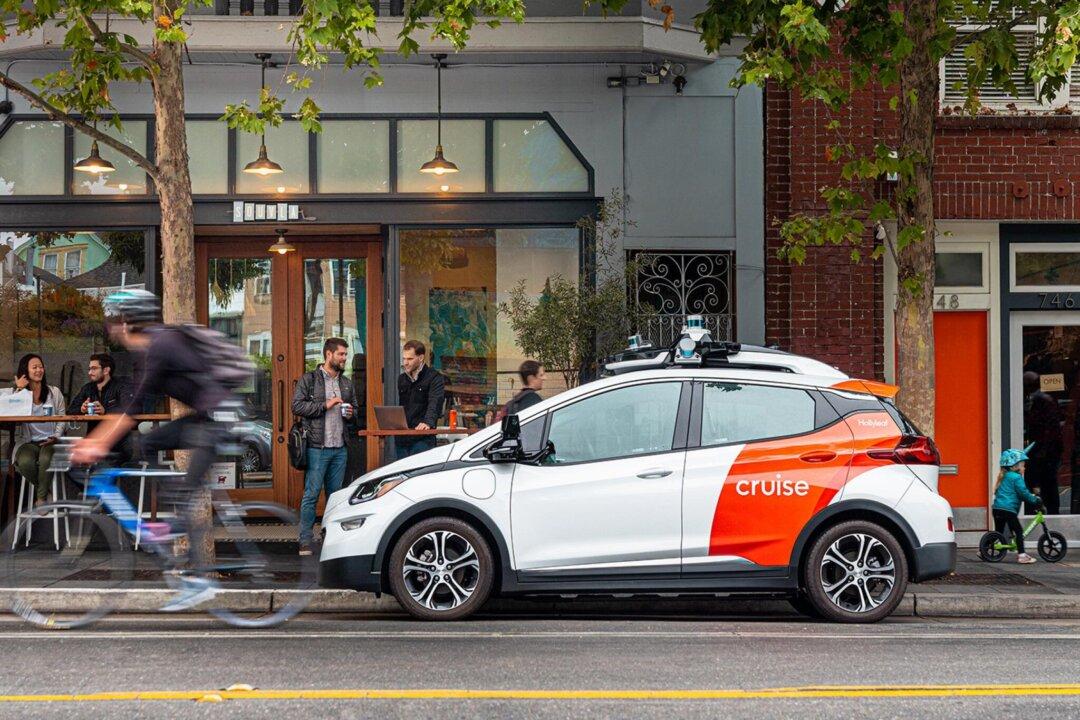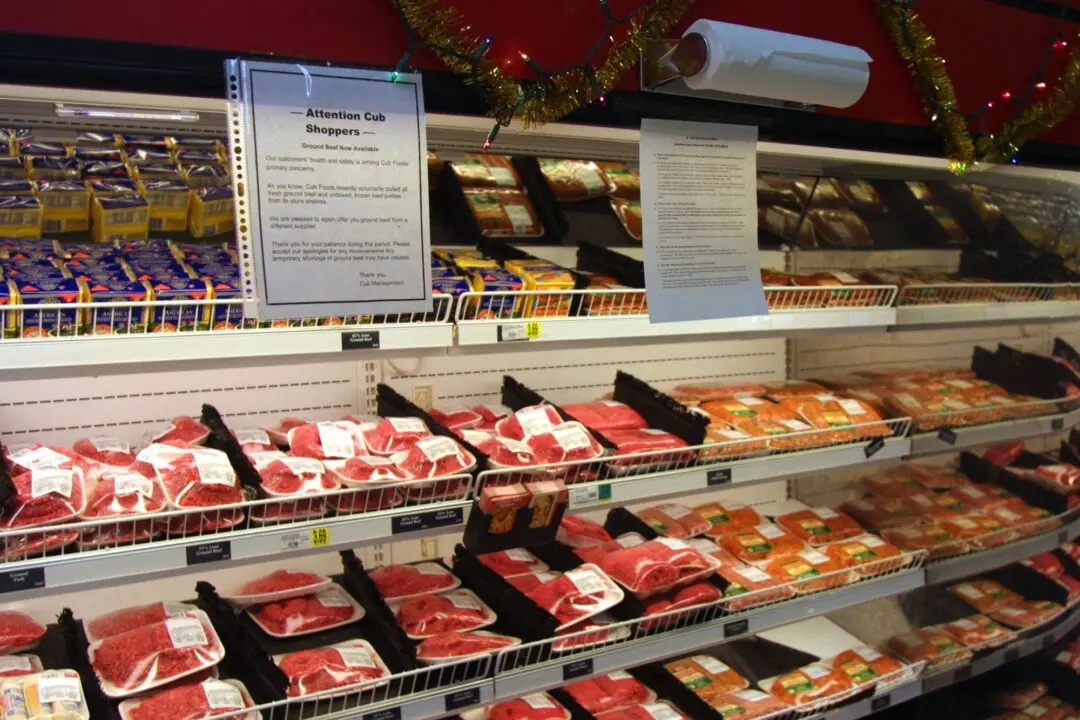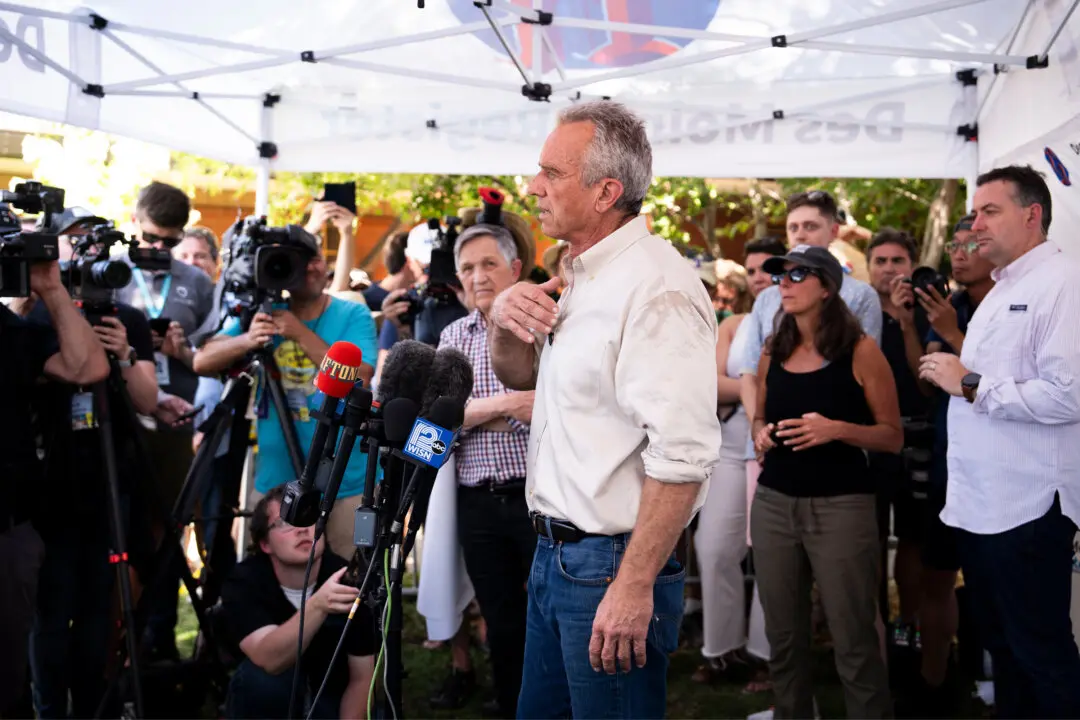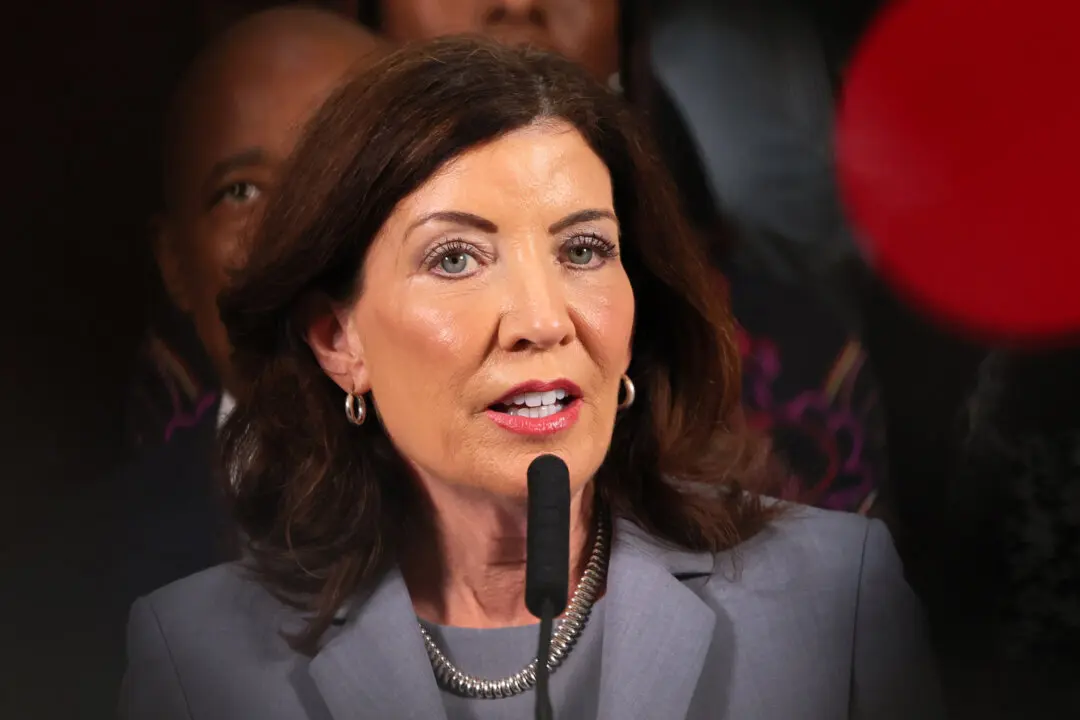Driverless cars have been causing havoc in the streets of San Francisco over the past year, much to the annoyance of local residents.
The self-driving vehicles have become common in the Bay Area, after two tech firms, Cruise and Waymo, were given permission by local authorities several months ago to test their new vehicles on the city’s streets.





